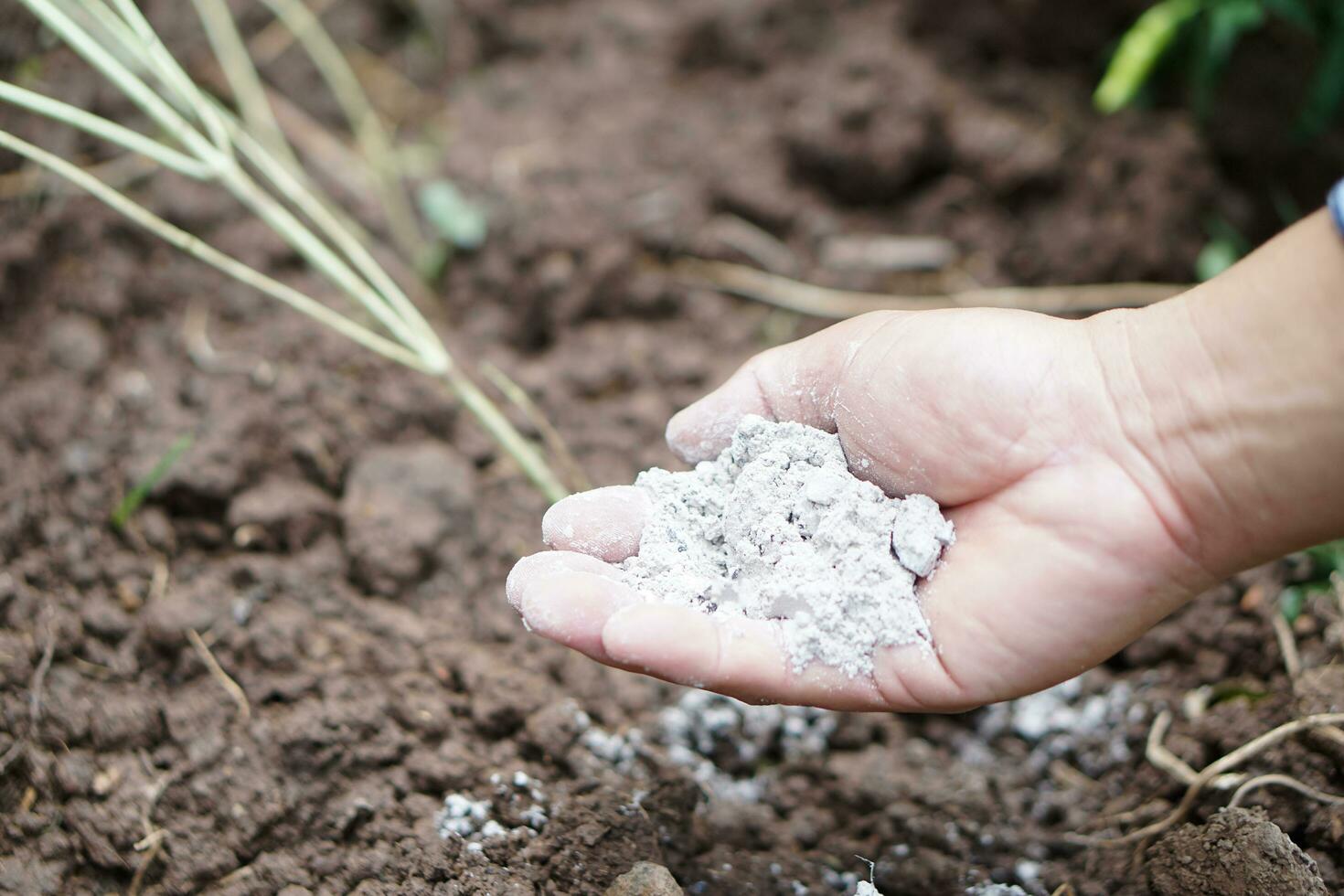15 Simple and Affordable Homemade Fertilizers
A thriving garden doesn’t have to be expensive. Many of the best fertilizers come from common household waste, providing essential nutrients while reducing environmental impact.
Here are 15 easy and budget-friendly homemade fertilizers to naturally enhance your garden’s health.
1. Compost Tea
A nutrient-rich liquid made by steeping compost in water.
How to Make It:
• Fill a bucket with water and submerge a bag of finished compost.
• Let it steep for 24–48 hours, stirring occasionally.
• Use the liquid to water plants or as a foliar spray.
2. Banana Peels
Rich in potassium and phosphorus, banana peels support root and flower development.
How to Use:
• Chop and bury peels around plants.
• Soak in water for 48 hours to create a nutrient-rich tea for watering.
3. Eggshells
Packed with calcium, eggshells prevent issues like blossom-end rot in tomatoes and peppers.
How to Use:
• Rinse, dry, and crush into a fine powder.
• Sprinkle around plants or mix into the soil.
4. Coffee Grounds
Used coffee grounds add nitrogen, essential for leafy growth.
How to Use:
• Mix into compost.
• Sprinkle around acid-loving plants like roses and blueberries.
5. Wood Ash
Ash from untreated wood provides potassium and calcium, improving soil fertility.
How to Use:
• Lightly sprinkle around plants.
• Avoid using on acid-loving plants, as it raises soil pH.
6. Grass Clippings
Fresh clippings are high in nitrogen, ideal for leafy greens.
How to Use:
• Use as mulch around plants.
• Add to compost to balance carbon materials.
7. Fish Emulsion
A fast-acting liquid fertilizer rich in essential nutrients.
How to Make It:
• Blend fish scraps with water and let ferment for a few weeks.
• Dilute before watering plants.
8. Epsom Salt
Provides magnesium and sulfur, crucial for photosynthesis and plant health.
How to Use:
• Dissolve 1 tablespoon in a gallon of water and apply as a spray or soil drench.
9. Seaweed Fertilizer
Packed with minerals and growth hormones, seaweed benefits all plants.
How to Use:
• Soak seaweed in water for 2–3 weeks.
• Dilute and use to water plants.
10. Molasses
Feeds beneficial soil microbes, enhancing fertility.
How to Use:
• Mix 1–2 tablespoons into a gallon of water.
• Apply as a soil drench or foliar spray.
11. Manure Tea
A nutrient-dense liquid fertilizer made from animal manure.
How to Make It:
• Submerge a bag of manure in a bucket of water.
• Steep for a week, then dilute before applying.
12. Stinging Nettle Tea
High in nitrogen, calcium, and iron, ideal for leafy plants.
How to Make It:
• Steep chopped nettle leaves in water for 1–2 weeks.
• Dilute before using.
13. Aquarium Water
Old fish tank water is rich in nitrogen and other nutrients.
How to Use:
• Use untreated aquarium water to irrigate plants.
14. Vegetable Cooking Water
Leftover water from boiling vegetables contains valuable nutrients.
How to Use:
• Let it cool and use it for watering.
15. Bone Meal
A slow-release phosphorus-rich fertilizer for flowering and root crops.
How to Make It:
• Bake, clean, and crush bones into a fine powder.
• Mix into the soil.
Tips for Using Homemade Fertilizers
• Test Your Soil: Understand its nutrient needs before applying fertilizers.
• Use in Moderation: Over-fertilizing can harm plants—start with small amounts.
• Combine Fertilizers: Different plants have different nutrient needs.
• Avoid Pests: Cover organic materials like banana peels and fish scraps to prevent attracting animals.
With these 15 simple and cost-effective fertilizers, you can create a thriving, chemical-free garden while promoting sustainability.

